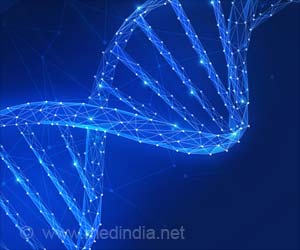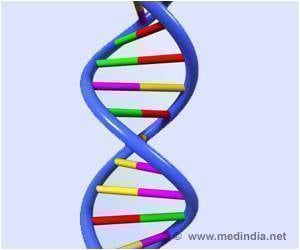Research indicates that in 1980 in the United States, approximately 4.5% of all pregnant women were of advanced maternal age.

"In this study we have taken the next step in evaluating the practical use of fetal DNA sequencing and have shown that it has the potential to be highly accurate in a clinical setting," commented senior author Dirk van den Boom, DPhil. "We have implemented technical improvements that will increase sample throughput and reduce costs. Following completion of an ongoing clinical validation study the above improvements will greatly facilitate introduction into clinical practice. "
Because the plasma of pregnant women contains circulating cell-free (ccf) fetal (ccff) DNA the DNA sequencing method is able to identify the extra chromosome 21 material present in a fetus with trisomy 21. Independent of gestational age assessments, this novel approach allows for direct fetal assessment using massively parallel shotgun sequencing to detect missing or extra chromosomes, rather than surrogate biochemical markers that are used today in clinical practice.
Using samples from 449 high-risk pregnant women, the DNA sequencing method correctly identified 39 trisomy 21 samples and 409 normal samples, and misclassified 1 normal sample as trisomy 21. The overall classification showed 100% sensitivity and 99.7% specificity.
The data show that, in the future, a noninvasive prenatal trisomy 21 test from ccff DNA might be used in concert with other clinical assessments, such as ultrasound, and become an option to better identify those women who would, or would not, benefit from confirmatory invasive diagnostic tests.
According to prenatal testing expert, Lee P. Shulman MD, The Feinberg School of Medicine of Northwestern University, Chicago, "The results of this study point more to a continuation in the improvement in the various non-invasive aneuploidy detection technologies that have been studied for the past two decades; hence, the results of this study can be considered a small step...Many more steps and studies will be needed in order to arrive at the goal that most of us who provide and study prenatal screening and diagnosis have long sought after: a facile, economical, and more accurate approach to prenatal screening and, eventually, an effective noninvasive alternative to invasive prenatal testing. We may not be there yet, but it seems that we have come a bit closer to our ultimate objective."
Advertisement
Advertisement








